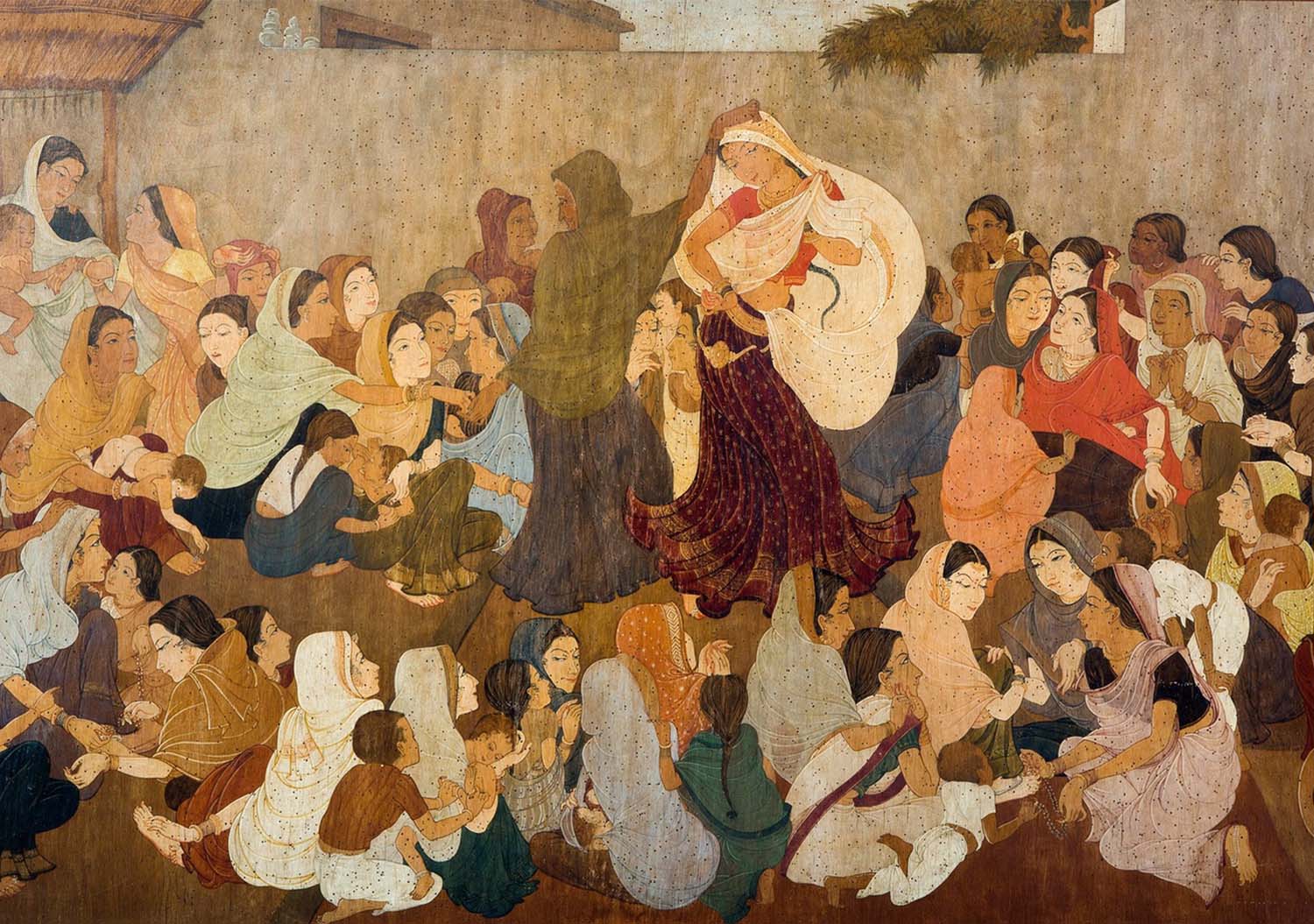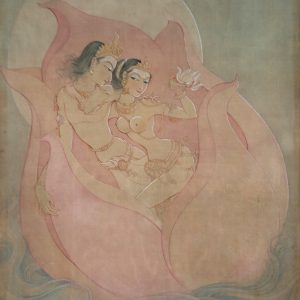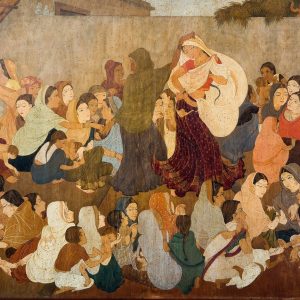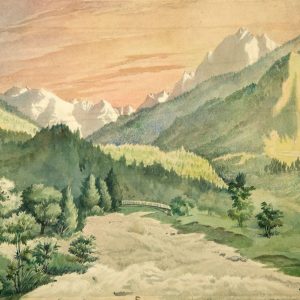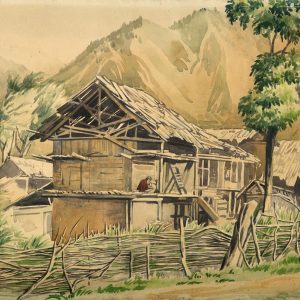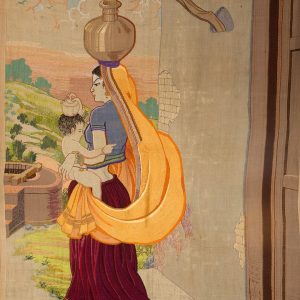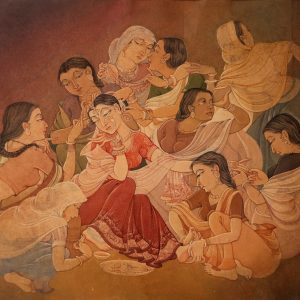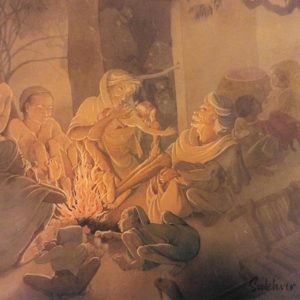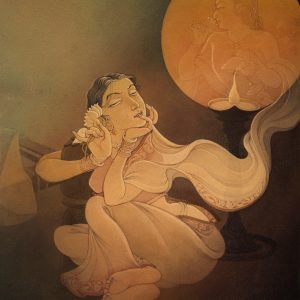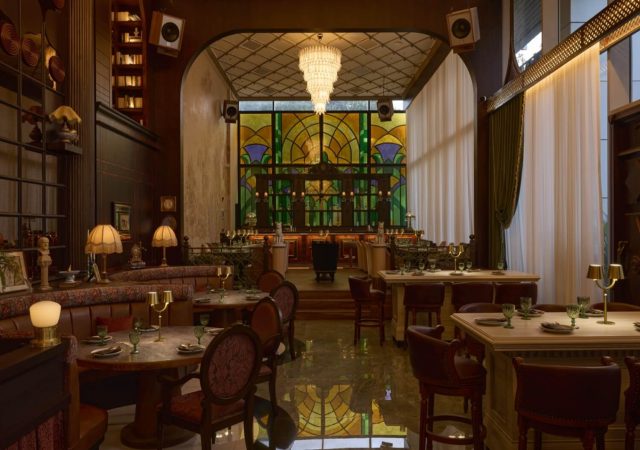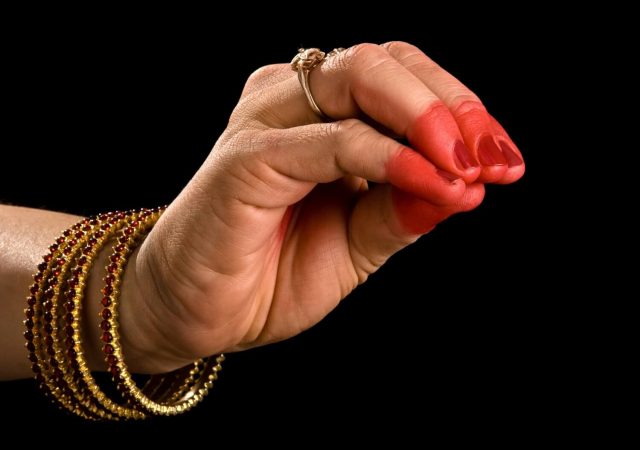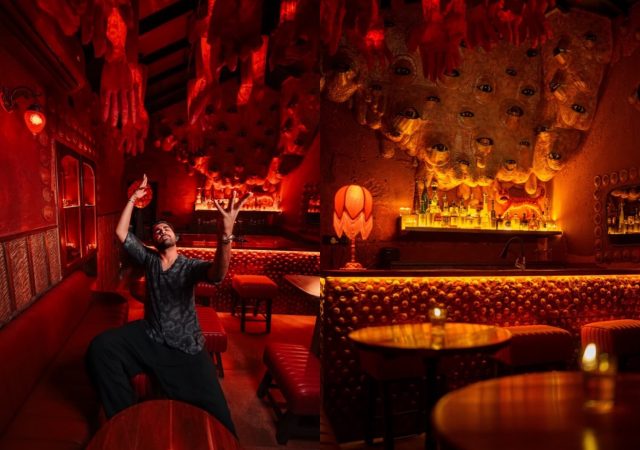After three decades of silence, the evocative brushstrokes of Prof. Sukhvir Sanghal return to the public eye in “The Silent Canvas Speaks Again,” a solo retrospective that reaffirms the enduring brilliance of a forgotten master. Curated by his granddaughter, Priyam Chandra, this exhibition is both a tribute and a revival unveiling a treasure trove of artworks that span a lifetime devoted to aesthetics, philosophy, and the Indian spirit.
Born in 1914 in Muzaffarnagar, Sanghal’s journey as an artist began amidst the flames of India’s independence movement. Arrested during the non-cooperation movement, his early life was steeped in patriotism and cultural pride, values that would later permeate his art. Formally trained at the Government School of Arts and Crafts, Lucknow, and mentored by stalwarts like A.K. Halder and Abanindranath Tagore, Sanghal not only preserved the Bengal School tradition but evolved most notably through his pioneering wash technique. This method, rooted in India’s classical rasa theory, enabled his paintings to convey deep psychological states through symbolic colours and textures, ensuring their longevity and timeless emotional resonance.
The exhibition showcases a rich spectrum of Sanghal’s work: masterful wash paintings, lacsit paintings on wood, tapestries on khadi, silk artworks, portraiture, landscapes, and rare sculptures. Highlights include “Departure of Rama” and “Marriage Procession”, award-winning pieces that once graced national exhibitions and royal collections. His famed painting “Thou Art Dust, to Dust Returnest” acquired by King George V for the Royal Collection will also be on display.
But this is not merely an exhibition of technique; it is a reflection of a life steeped in cultural devotion. Prof. Sanghal was not only an artist but also a philosopher, educator, freedom fighter, and humanitarian. Through his institute Kala Bharti, founded in Prayagraj in 1938, he trained countless students in fine arts, classical music, and dance. He mentored future Prime Ministers such as Indira Gandhi and Vishwanath Pratap Singh, and served as a close advisor to Pandit Jawaharlal Nehru on matters of Indian art and heritage.
He was not only a visual artist but also an author. His published book Bhartiya Chitrakala Paddhati (1985) and the yet-to-be-published three-volume opus Evolution of Art and Artist capture his deep reflections on art history, technique, and aesthetics.
“The Silent Canvas Speaks Again” is not merely an exhibition; it is a homecoming for one of India’s most profound yet under-celebrated artists. It is the voice of an era once muted by time now echoing powerfully through every canvas. As the colours narrate their stories and philosophies, Prof. Sukhvir Sanghal’s silent legacy speaks once again.


